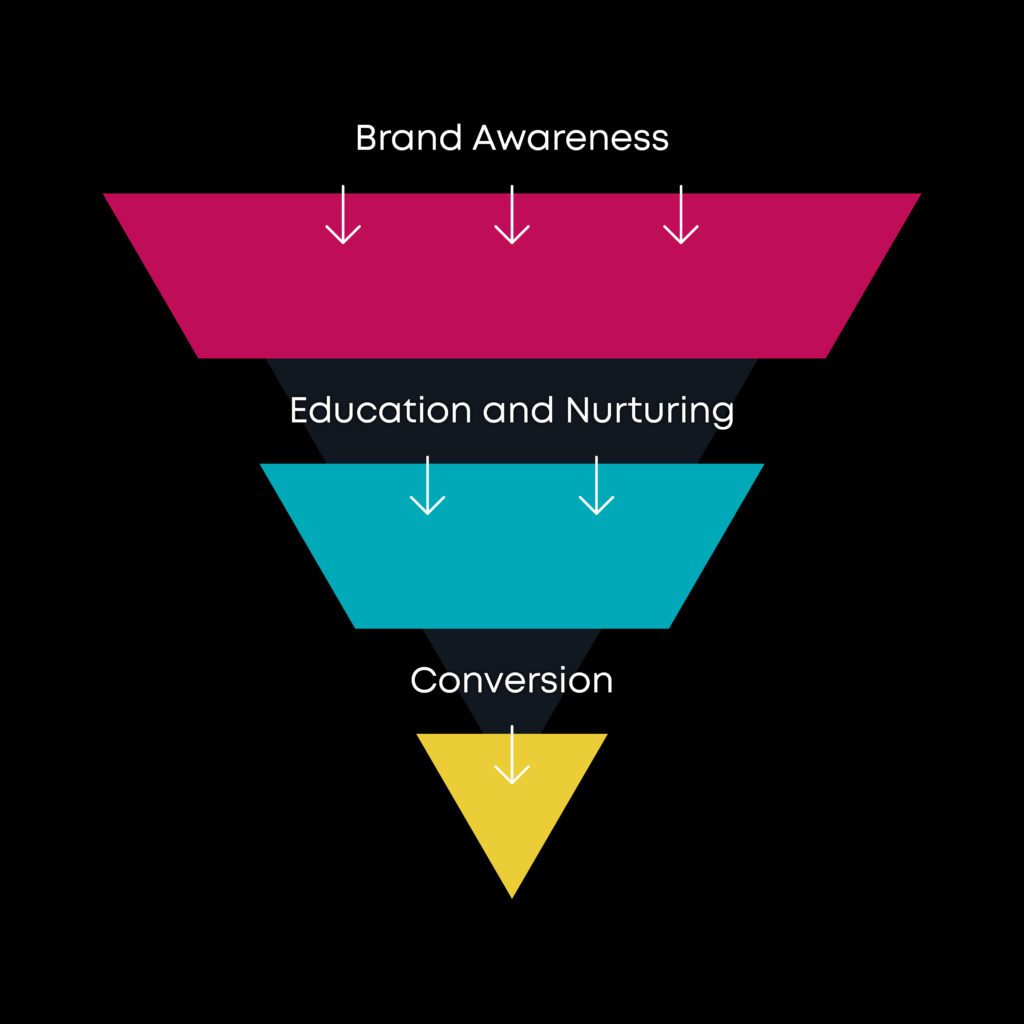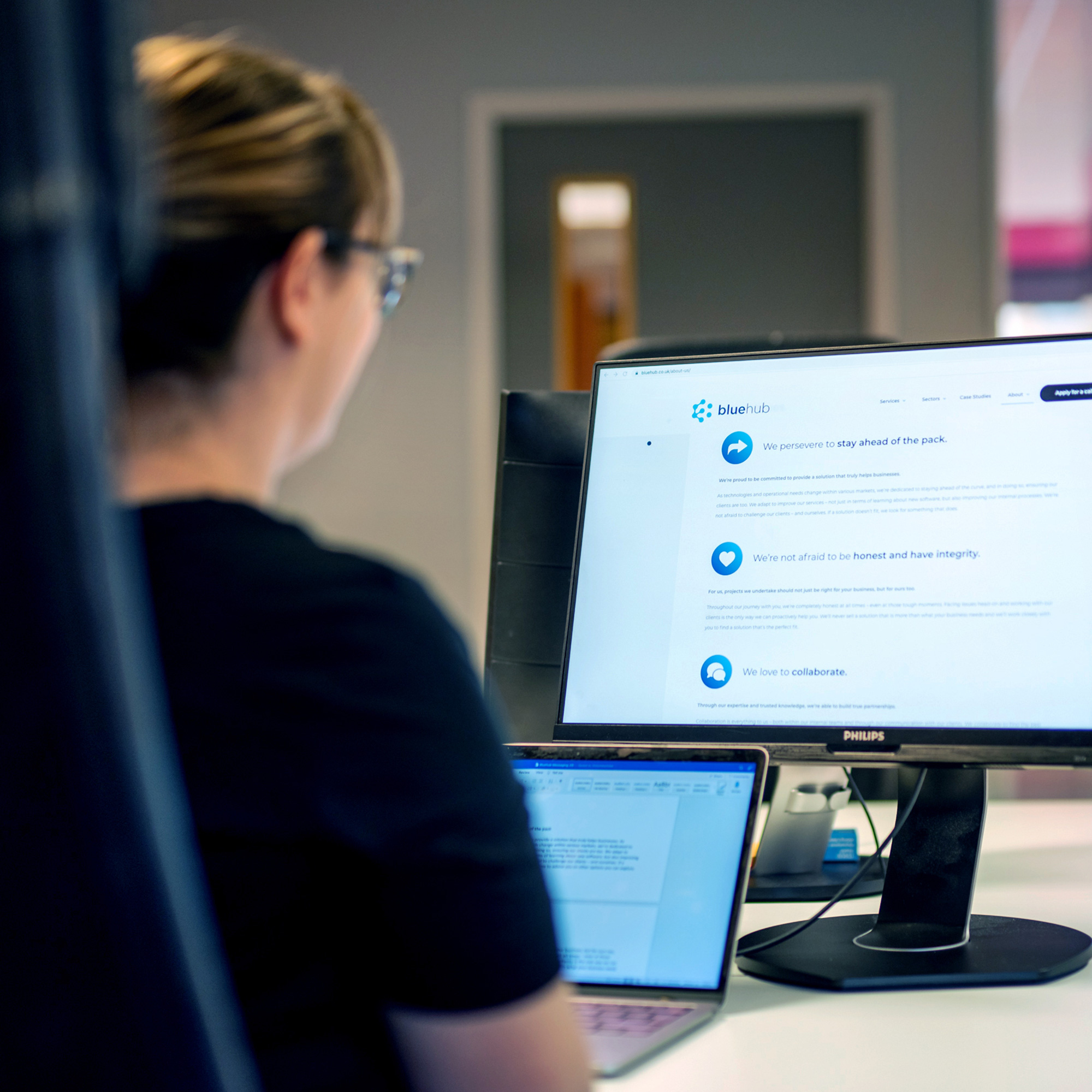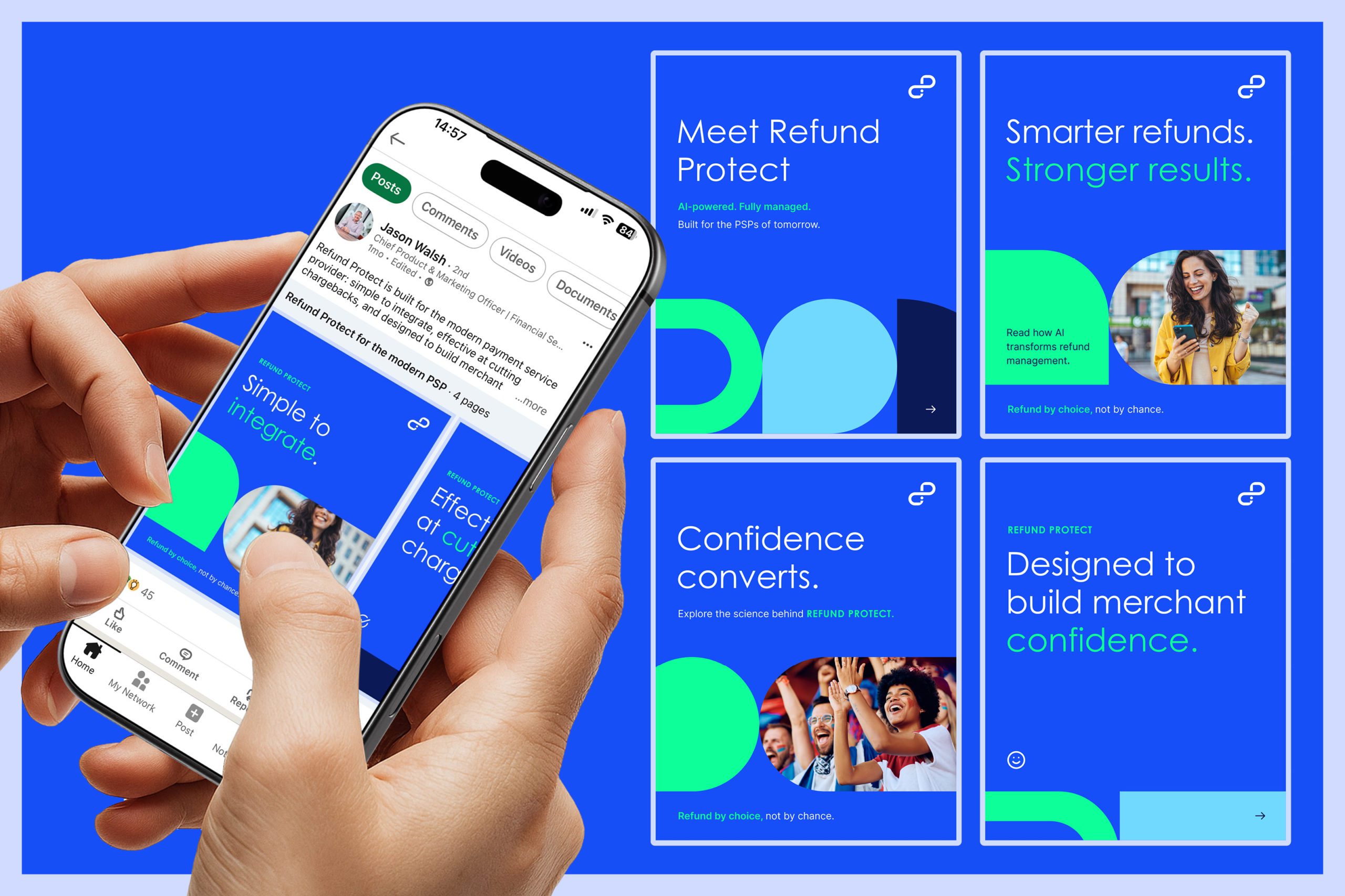Mirroring (and measuring) your content throughout your sales funnel

Content has been a buzzword in the marketing industry for many years now. With the rise of social media and digital marketing, everything is content. An Instagram post, a blog article, a video, a podcast – it all counts. But, making sure it all counts towards your business’ bottom-line is a different question altogether.
There can often be a disconnect between creating content for the sake of it and creating an impactful and consistent content marketing strategy that drives acquisition and retention within your customer base.
Done correctly and content marketing can have measurable results at every stage of your sales funnel and buying journey. Let’s take a closer look at how.
Why content marketing matters
In its simplest terms, content is information contained within a form of communication. So, ideas outlined on a radio interview, information presented in a magazine article, or a message relayed on LinkedIn. Everything your business, customers and employees put out there comes together to paint a complete picture of your brand and what it stands for. Content allows you to tell your story.
Good content marketing should take on different forms, using the most effective channels for your business and meeting a series of goals. Content can attract, educate, nurture and convert. It can evolve depending on where in the sales funnel your customer is and directly contribute to revenue growth. To create a successful content marketing strategy, you first need to understand your sales funnel.
Understanding your sales funnel
As with any business, your sales funnel will likely start by increasing brand awareness at the top, educating and nurturing in the middle and then converting at the bottom. Each of these stages requires a different approach to content, choosing topics and channels that match the level of brand awareness and a customer’s readiness to buy.

You can’t rush to the hard sell and conversion at the top of the funnel – the same way you wouldn’t propose on a first date. Instead, your content marketing should lead the customer to the next stage of the funnel and provide them with the information and reassurance they need to move down towards the point of sale. Here are some examples of what that content might look like throughout a typical sales funnel.
Choosing the content and channels to match your sales funnel
Top of the funnel:
At the top of the funnel, your prospects are likely unaware of your business, the solutions you offer and, in many cases, unaware that they even have a problem that needs to be solved. That means the top of the funnel is all about awareness.
You should create content that builds awareness of the problems your business can solve and start to educate the audience about the potential solutions available. Channels like pay-per-click and social media are frequently chosen at this stage in the buying journey as your content can easily be tailored to reach your desired target market and speak to their pain points.
Middle of the funnel:
Your audience knows they have a problem that needs solving, but they aren’t convinced about how to solve it or whether you’re the right business to help. The middle of the funnel is all about content that educates and nurtures.
Content in the middle of the funnel should provide an education about the solutions available, the benefits of your solutions and build trust in what you offer. Why should a customer come to you above everyone else? Now is the time to tell them.
Content like thought leadership articles, employee advocacy pieces and email marketing work particularly well here, handling objections and showcasing the benefits of choosing your business.
Bottom of the funnel:
You’ve educated, you’ve nurtured and you’ve almost secured that sale. Smart content choices at the bottom of the funnel can be the difference between getting business over the line and losing it all together.
At the bottom of the funnel, content should be tailored to a customer’s readiness to buy. Maybe it’s a personalised offer, an exclusive deal or a powerful piece of sales collateral directly comparing your solution. This is where all that hard work pays off.

Measuring impact
You’ve analysed your sales funnel; you understand your customer buying journey and you’ve built a content marketing strategy that covers all your relevant channels and is tailored to each stage of the process. You and your team have spent hours writing, designing, and shooting content that aligns with your funnel and your goals. Job done, right?
Not quite. We believe marketing should always be measurable and that’s especially true of content marketing. With so many pieces of content, potential touchpoints, and different mediums at play, it’s crucial to know what’s working and what’s not. It only works if it all works and if one stage in the funnel isn’t optimised properly, then your revenue growth decreases.
By tracking metrics like traffic uplift, conversion rates and customer life-time value throughout your sales funnel, working to optimise each channel and each type of content, you can maximise the impact of your marketing and see real results. Increasing traffic at the top of the funnel by even 10% and boosting conversion rates at the bottom by 5% for example, could be the difference between hitting target and missing out.
In summary, a hard-working content marketing strategy is built by understanding your funnel, creating content that fits and measuring the results. Want to continue the conversation and find out how our team could help you to get content marketing right? Get in touch today.

